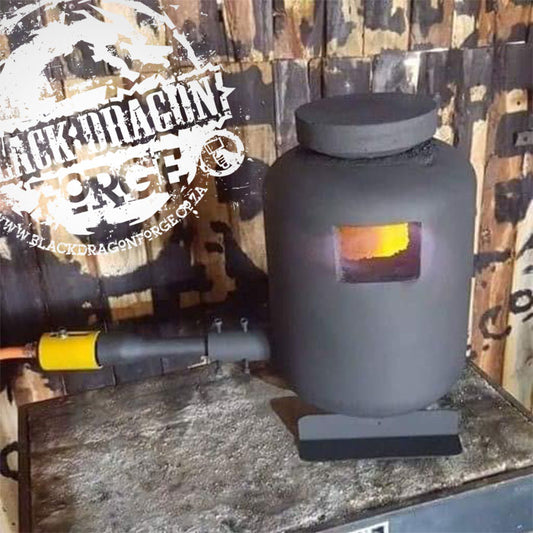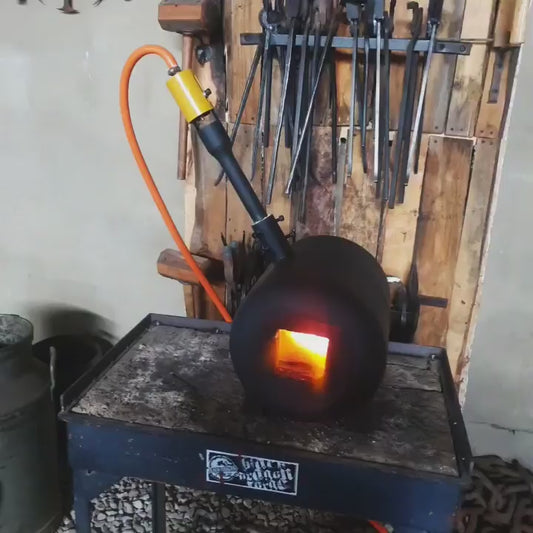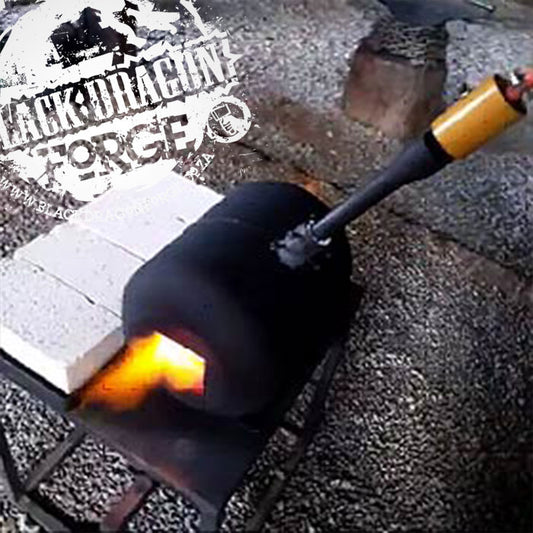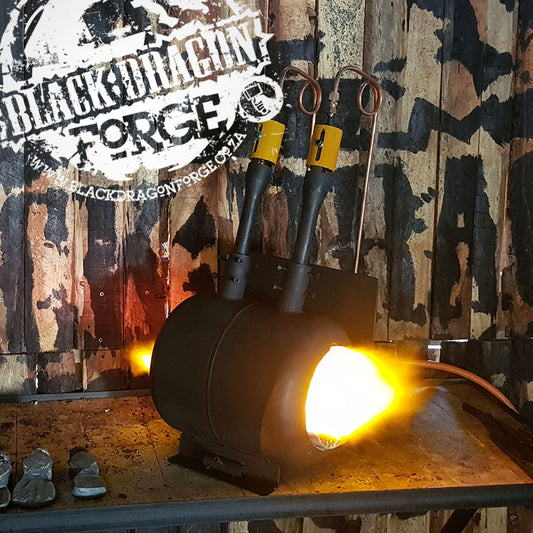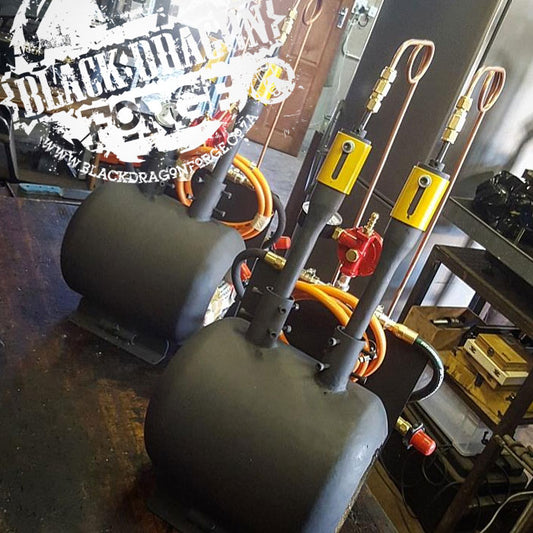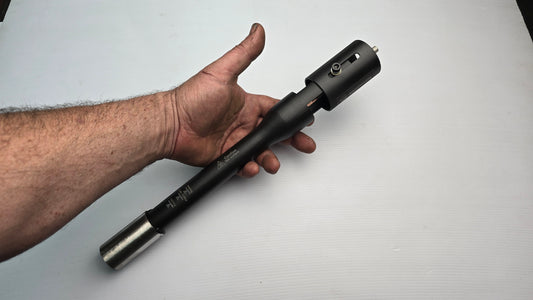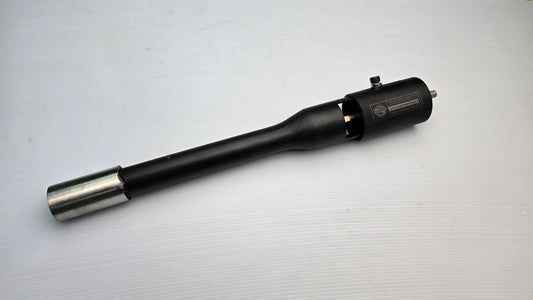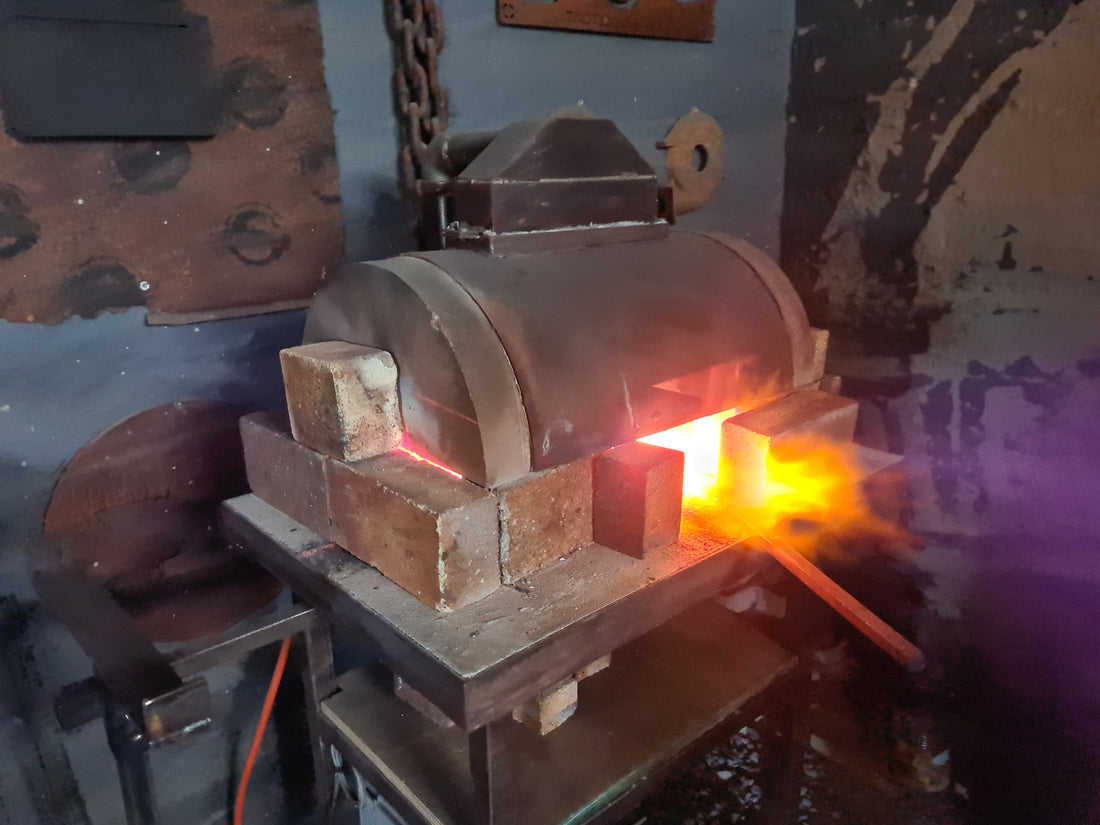
Blacksmith vs. Bladesmith: Unveiling the Differences
Neels Van Den BergHave you ever been fascinated by the artistry and craftsmanship behind forging metal into magnificent creations? If so, you've likely come across the terms "blacksmith" and "bladesmith." While these two professions share a common foundation in working with metal, there are notable differences that set them apart. In this article, we will delve into the contrasting realms of blacksmithing and bladesmithing, exploring their unique techniques, objectives, and the captivating world they both inhabit.
Understanding the Blacksmith
Origins and Historical Significance
Let's start by peering into the origins and historical significance of blacksmithing. The art of blacksmithing dates back thousands of years, intertwining itself with human civilization's growth and evolution. Blacksmiths were revered for their ability to shape iron, steel, and other metals into functional objects and works of art. From forging tools, horseshoes, and armor to creating intricate ironwork for architectural purposes, blacksmiths played a vital role in society.
Tools and Equipment
The blacksmith's workshop is a sight to behold, adorned with an array of specialized tools and equipment. An anvil, a solid block of metal with a flat surface, serves as the central tool for shaping and forming metal. Hammers, tongs, chisels, and punches are among the essential hand tools. Additionally, a forge, fueled by coal, LP gas or propane, generates intense heat necessary for heating and manipulating the metal.
Techniques and Processes
Blacksmithing techniques rely on the malleability of metals when exposed to high temperatures. The process typically involves heating the metal in the forge until it reaches a pliable state, allowing the blacksmith to hammer, twist, bend, or cut it into the desired shape. Techniques like drawing out, punching, scrolling, and welding enable the blacksmith to bring their artistic vision to life.
Unveiling the Bladesmith
The Art of Blade Making
While blacksmithing encompasses a broad range of metalwork, bladesmithing hones in on the specific craft of forging blades. Bladesmiths are dedicated artisans who specialize in creating knives, swords, and other bladed weapons. The art of bladesmithing demands meticulous attention to detail and a profound understanding of metallurgy.
Tools of the Trade
In the bladesmith's arsenal, one will find an assortment of specialized tools tailored for the intricate process of blade making. These include a belt grinder for shaping the blade, a forge for heating the metal, and various files, rasps, and abrasives for refining the blade's edge and surface. Additionally, the bladesmith relies on different heat-treating methods to enhance the blade's hardness, flexibility, and overall performance.
Meticulous Techniques
Bladesmithing techniques differ from those employed by blacksmiths due to the specific requirements of blade production. The process involves carefully selecting the appropriate steel, forging it into the desired shape, and then refining and tempering the blade through heat treatment. Techniques like differential hardening, quenching, and tempering are employed to achieve the ideal balance of hardness and toughness in the blade.
Materials: Diversity and Purpose
Metals in Blacksmithing
Blacksmiths typically work with a variety of metals, including iron, steel, and alloys. They take advantage of each metal's unique properties to create functional and decorative items. Iron, for example, is revered for its malleability and resistance to corrosion, making it suitable for architectural ironwork. Steel, on the other hand, offers a balance of strength and durability, ideal for crafting tools and weapons.
The Quest for the Perfect Blade
Bladesmiths have a narrower focus when it comes to materials, as the choice of steel significantly impacts a blade's performance. High-carbon steels, such as 1095 or 5160, are favored for their excellent edge retention and overall toughness. Damascus steel, renowned for its distinctive patterns, involves intricate layering and folding techniques, resulting in visually stunning blades.
The Creative Objectives
Blacksmithing: Functional and Decorative
Blacksmiths possess a versatile skill set, allowing them to create both functional and decorative items. From crafting tools, hardware, and household objects to sculpting intricate iron gates and railings, blacksmiths blend artistry with practicality. Their work often showcases elaborate designs and decorative elements, transforming metal into captivating works of art.
Bladesmithing: Focused on Blades
Bladesmiths, in contrast, channel their expertise towards the creation of exceptional blades. Their artistic vision is channeled into perfecting the geometry, balance, and cutting performance of the blade. While aesthetics play a role, bladesmiths prioritize functionality and strive to produce blades with superior sharpness, durability, and overall performance.
Distinctive Challenges
Blacksmithing Challenges
Blacksmithing presents its own set of challenges. Achieving precise shapes and proportions can be demanding, requiring both technical proficiency and artistic sensibility. The process of forging and manipulating metal also demands physical strength and endurance. Moreover, managing heat and preventing metal deformities during the forging process poses an ongoing challenge for blacksmiths.
Bladesmithing Challenges
Bladesmithing entails a distinct set of challenges, with an emphasis on achieving optimal blade performance. Bladesmiths must navigate the complexities of heat treatment, carefully controlling factors like temperature, quenching medium, and tempering duration. Achieving a well-balanced blade that exhibits superior hardness, resilience, and cutting ability requires extensive knowledge, skill, and experimentation.
A Harmonious Collaboration
The Symbiotic Relationship
Although blacksmithing and bladesmithing differ in their primary objectives and techniques, they share a symbiotic relationship. Blacksmiths provide bladesmiths with the tools and equipment necessary for their craft, while bladesmiths create blades that can be integrated into a wide range of blacksmithing projects. This collaboration between the two disciplines allows for the creation of magnificent and functional metalwork.
Conclusion
In the realm of metalwork, both blacksmithing and bladesmithing hold a place of utmost importance. Blacksmiths excel in shaping and crafting metal into functional objects and elaborate works of art. Bladesmiths, on the other hand, specialize in the intricate craft of forging exceptional blades, focusing on their performance and cutting capabilities. While their paths diverge, the symbiotic relationship between blacksmiths and bladesmiths ensures the continuance of this ancient and captivating craft.
FAQs (Frequently Asked Questions)
1. Are blacksmiths and bladesmiths considered separate professions? Yes, blacksmithing and bladesmithing are distinct professions with their own unique skill sets and objectives.
2. Can a blacksmith become a bladesmith, or vice versa? Yes, it is possible for a blacksmith to transition into bladesmithing by acquiring the specialized skills and knowledge required. Similarly, a bladesmith can explore blacksmithing techniques and expand their repertoire.
3. What are some common misconceptions about blacksmithing and bladesmithing? A common misconception is that blacksmithing solely involves forging weapons, while bladesmithing is solely focused on creating blades. In reality, both disciplines encompass a broad range of metalworking practices.
4. Are blacksmithing and bladesmithing still relevant in the modern world? Absolutely! While technological advancements have influenced the production of metal objects, the artistry, craftsmanship, and distinctiveness of blacksmithing and bladesmithing continue to be highly valued and sought after.
5. Can anyone learn blacksmithing or bladesmithing? Certainly! Both blacksmithing and bladesmithing require dedication, practice, and a willingness to learn. With the right guidance, resources, and perseverance, anyone can embark on the journey of becoming a skilled blacksmith or bladesmith.


